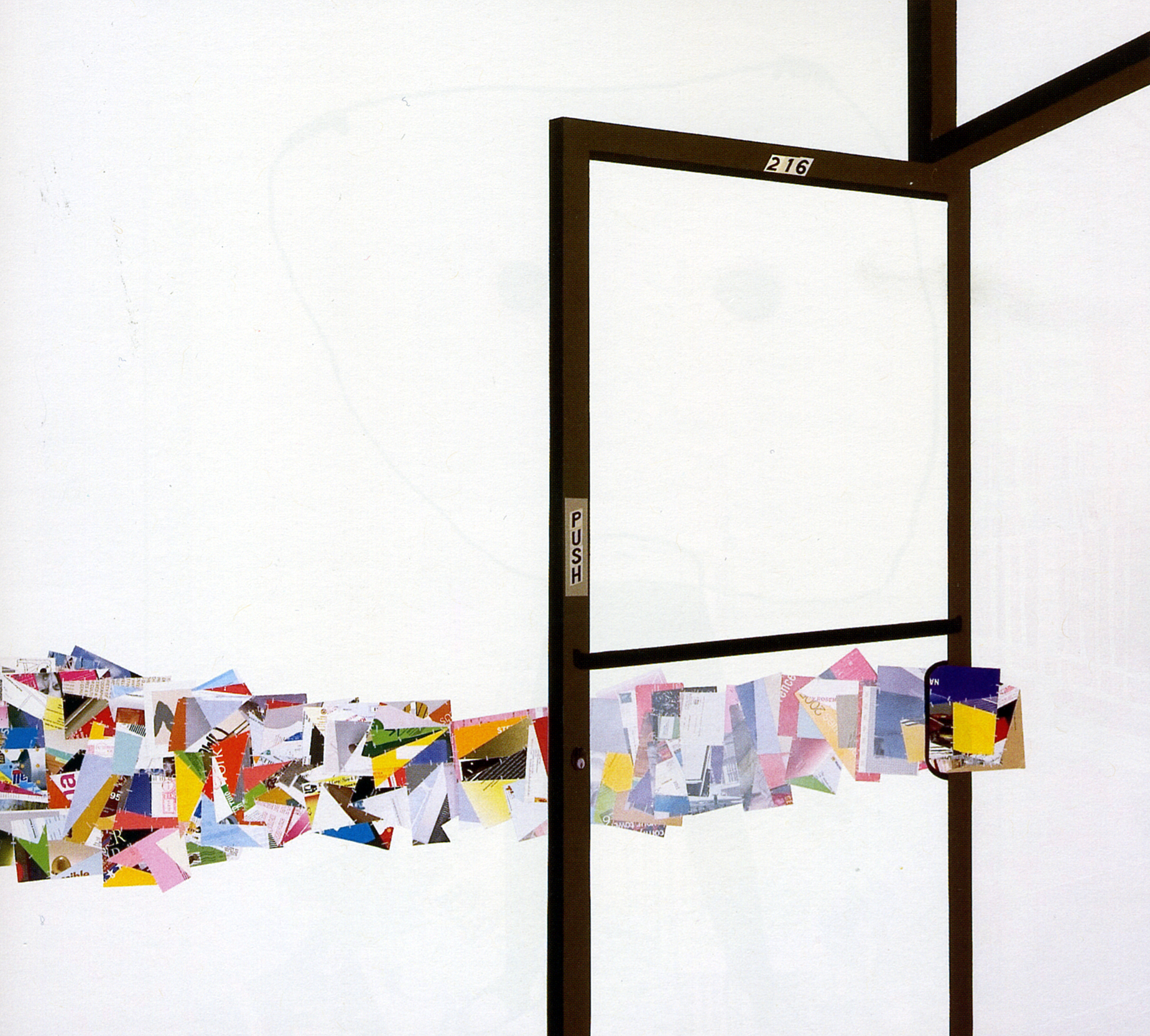Hammer Museum’s “All of This and Nothing” adds the ‘extra’ to the ordinary

By Jennifer Ta
Jan. 31, 2011 2:21 a.m.
Looking at ordinary objects as artworks may not come naturally. Instead, people often only see the object’s one use, which is designed to make life easier.
With the Hammer Museum’s latest exhibition, “All of This and Nothing,” a different kind of perspective is presented: taking a look at the everyday in a contemplative way.
“All of This and Nothing” is the sixth Hammer Invitational exhibition. These biennial shows feature Los Angeles artists. This time, half of the featured artists are from Los Angeles while the other half are international. The artists are either established or emerging artists working on the contemporary scene.
“We were thinking about artists of interest to us,” said Anne Ellegood, senior curator at the Hammer. “A lot of the works in the exhibit are new works by the artists who really wanted to do something new. Other works were preexisting that we liked and wanted to borrow for the show.”
Various mediums are represented in the show, including film, music, sculptures, paintings, installations and moving images. Other artists incorporated multiple mediums in their work.
Artist Charles Gaines uses music, video and drawing to illustrate how art and politics go hand in hand. His featured work, “Manifestos,” incorporates four musical scores, four large drawings of the scores and four videos. Gaines took political manifestos by the Black Panther Party, the Zapatista Army of National Liberation, the Situationist International and the Socialist International Congress, and translated these four texts into musical scores.
“I wanted to use political subjects in my work,” Gaines said. “People think art and politics are different things. I believe everything is political, that art is political. Art is part of the production of knowledge and can be used to discuss social ideas on a political level.
Art allows us to interrogate these ideas critically.”
Gaines assigned musical notes for the letters A through H and silent pauses to the rest of the alphabet and punctuation marks. Together with a composer and an orchestra, Gaines created four musical scores from the manifestos. He then drew the scores on canvas with graphite. Four television screens are displayed with the compositions, each screen playing the manifesto text and its musical sound track.
“Music is an emotional art form,” Gaines said. “I never had an opportunity to work with music before until this work.”
According to Gaines, he wanted to make the audience think about art.
“I drew out the large music sheets and compositions because I wanted to create art, not music,” Gaines said. “I’m interested in undermining certain assumptions about the conditions that make something a drawing.
Making sheet music is not necessarily making a drawing. You have to draw it to make it a drawing.”
Fernando Ortega’s “Gotera 2″ also pushes audiences to think about art. The installation contains a fan, a drum and a leak coming from the ceiling of the room. As a drop of water descends from the ceiling, the fan next to the drum diverts the water to a puddle on the floor. The sound of the drum is never heard and the audience is forced to imagine the sound.
In another work called “Transcripción,” Ortega worked with a composer to create a musical composition based on a recording of a buzzing mosquito.
Ortega also hired a solo violinist to randomly come into the exhibit on unspecified days to play the composition and leave after the performance as a way to mimic the sound of a mosquito buzzing. The Hammer Museum will continue this aspect of the work by having a violinist come in at random hours.
Finding beauty in everyday objects is another concept explored in the exhibit. UCLA alumnus and artist Evan Holloway worked with materials he found to create sculptures. Another artist, Frances Stark, created collages using printed texts she receives in the mail in order to show what her life is like as an artist.
While the artists are exploring different concepts about art and the world, they invite audiences to think on their own, rather than pushing their own personal messages and thoughts.
“There’s something for everyone here,” said Douglas Fogle, chief curator of the Hammer Museum. “Something made from nothing can be beautiful. You can find beauty around you. You just have to slow down and look.”


